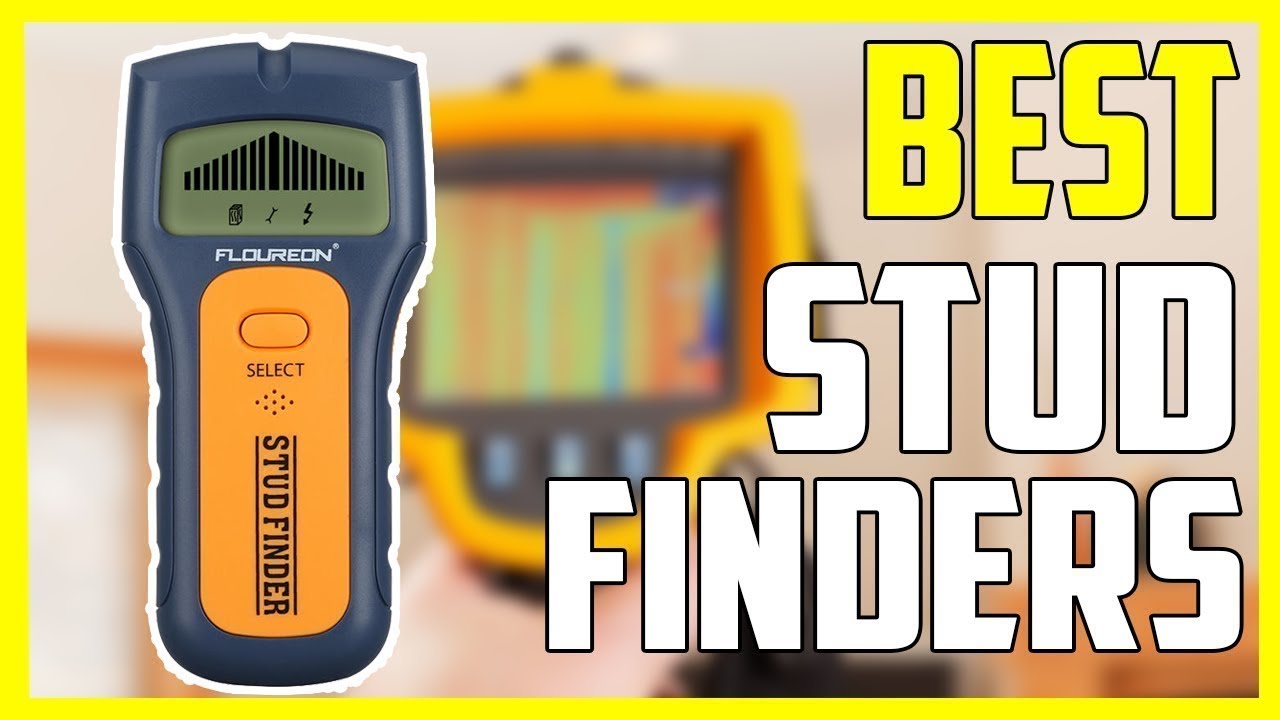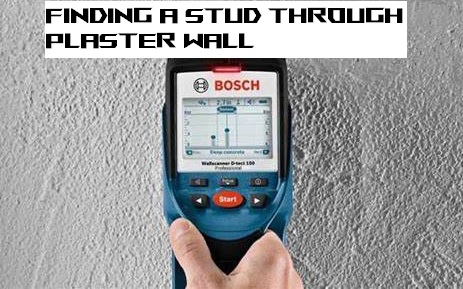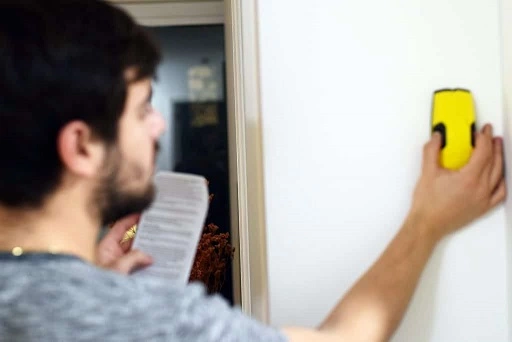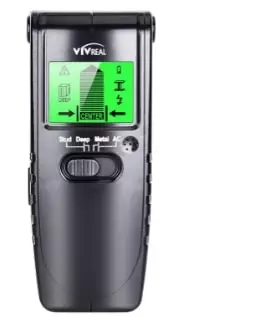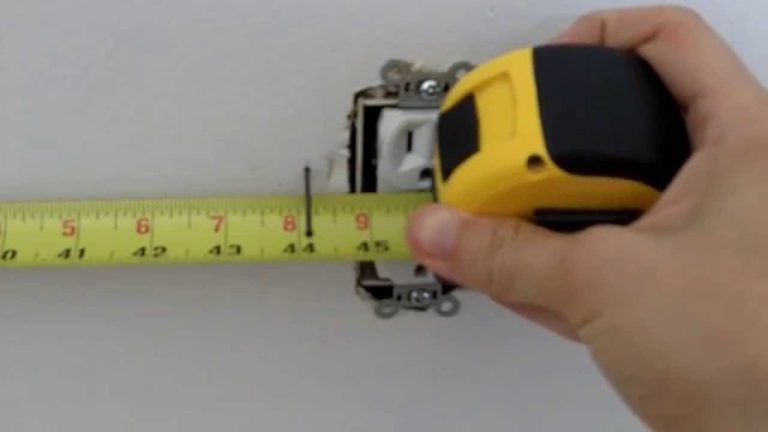Find a Stud in Wall Plastering can be a lot of work for a beginner.
If you are thinking of doing plaster yourself then it is best to start off with small jobs. Plastering plaster can be exciting but the process of finding studs in plaster isn't always so easy.
This is where professional plasterers really come into their own. If you are thinking of doing a plastering job yourself you should plan carefully. This article gives some useful pointers on how to find studs in plaster so that your job is as professional as possible.

There are two main methods of find a stud in wall.
The first is to use a stud finder, this is the best way to find a stud in the wall plaster.
These are often handheld devices that have a flexible cable that can ‘talk' to the wall and locate where a stud is. There is usually an ahead on the device which has a screw or bolt to tighten the hold as well.
You need to ensure that you have enough strength behind the hold to be able to support the weight of the plaster and also make sure that the screw or bolt can handle the weight of the plaster.
A second method to Find a Stud in Wall is with an electronic stud finder. These are generally used by builders to locate walls that need to be attached to a stud. These generally operate using a radio frequency rather than electricity. They have a range of over 200 feet and will easily locate even the smallest wall.
They will also give you the best estimate on how much plaster you will need.
Where to find a stud in wall can also be accomplished using an electronic stud finder. They are very similar to the handheld devices mentioned above but these usually operate using a laser or similar technology. This means that they can find even the tiniest gaps. However, there are more complicated versions that are capable of more intricate plaster work.
The final method to find a stud in wall that we will discuss is by using an electronic stud finder.
These are generally designed to work by drilling into the wall and listening for a tapping sound. When this sound is heard, the device will be triggered and move towards the wall. This allows it to locate any area of the wall that has been damaged or is missing.
This is useful where one hopes to find an area where repairs are needed to find a stud in wall. They are also particularly useful in repairing areas that have been cracked due to water leakages. They may even be used in repairing areas where the plaster has cracked.
As these are basically holes that have been drilled into the wall they can easily be fitted with the right sort of joint fixers. They are therefore ideal where there is a need to repair a section of the wall.
It is important to make sure that you use a reputable company when using one of these products to find studs on the wall.
As mentioned earlier, one of the main reasons why people would want to find a stud in the wall where to find stud in the wall is to repair damaged areas on their property. If you have a damaged section of the wall then you could find it extremely difficult to cover it up by normal plastering alone.
Another reason is if a section of your wall is rotten or severely damaged then you could replace it with a new section of the wall without having to repair the whole wall. One final benefit of using one of these devices is that they can easily be fixed onto the wall by using the correct joint fixers.
This can reduce the time that you will need to spend fixing your wall back up.
Overall the introduction of the deviated to find a stud in wall device has made it easier for people to find a stud in the wall where they need it easily. No longer do homeowners have to take their chances when it comes to repairing a damaged area of plaster.
They can simply replace a section of the wall with a new piece and have it looking as good as new in no time. They can also be fixed onto the wall quickly with the correct fixers and cut down on the time that it will take to patch a damaged area of the wall.
